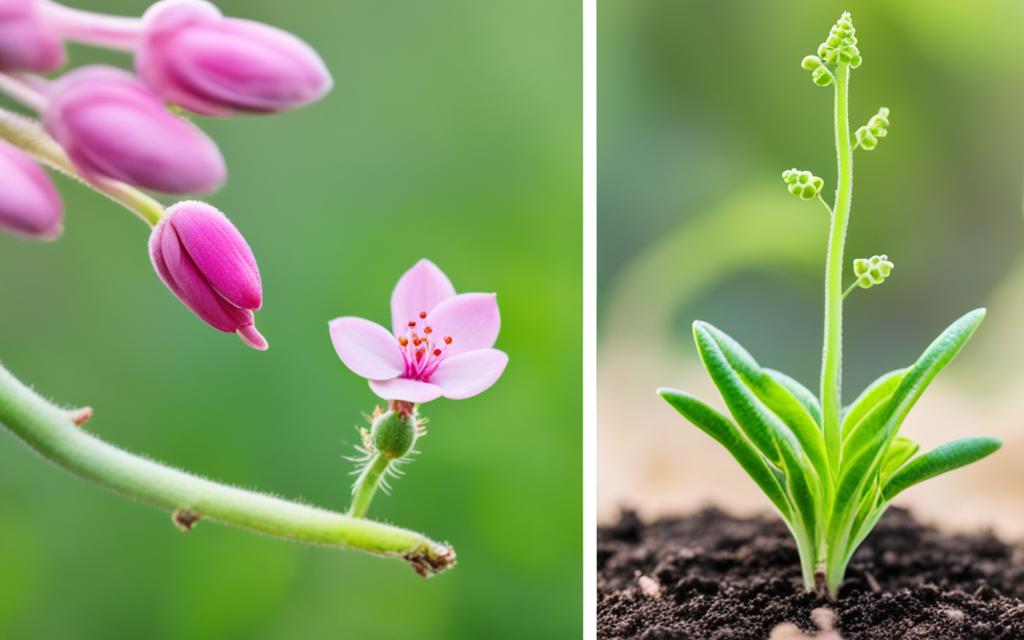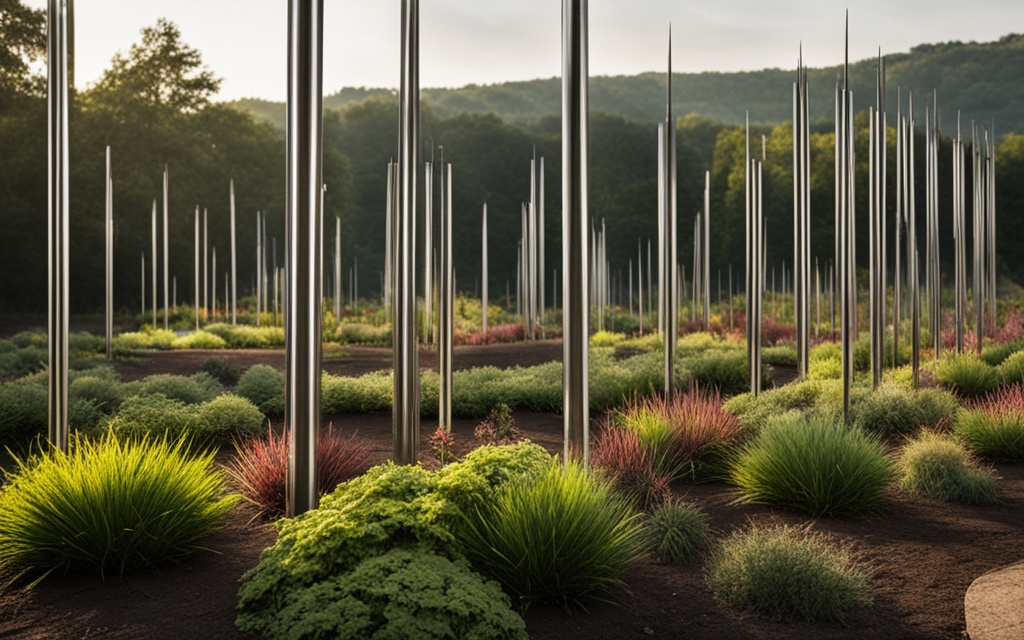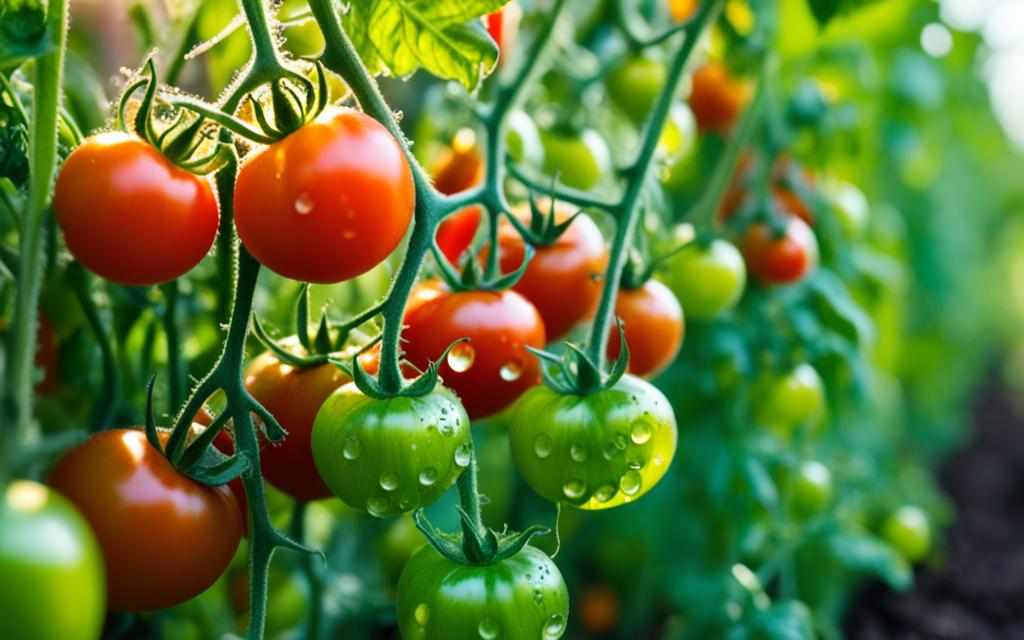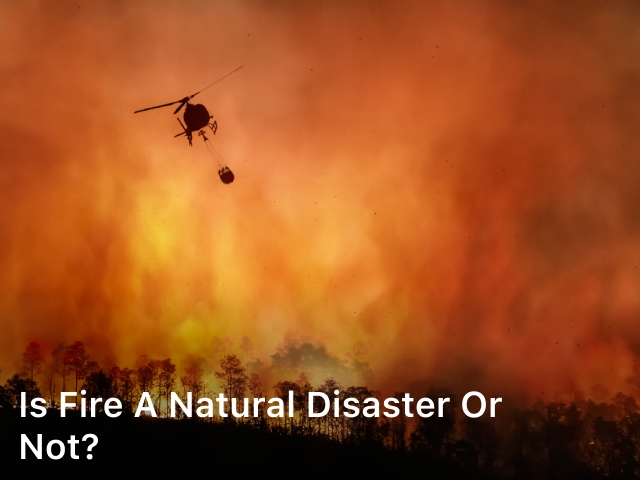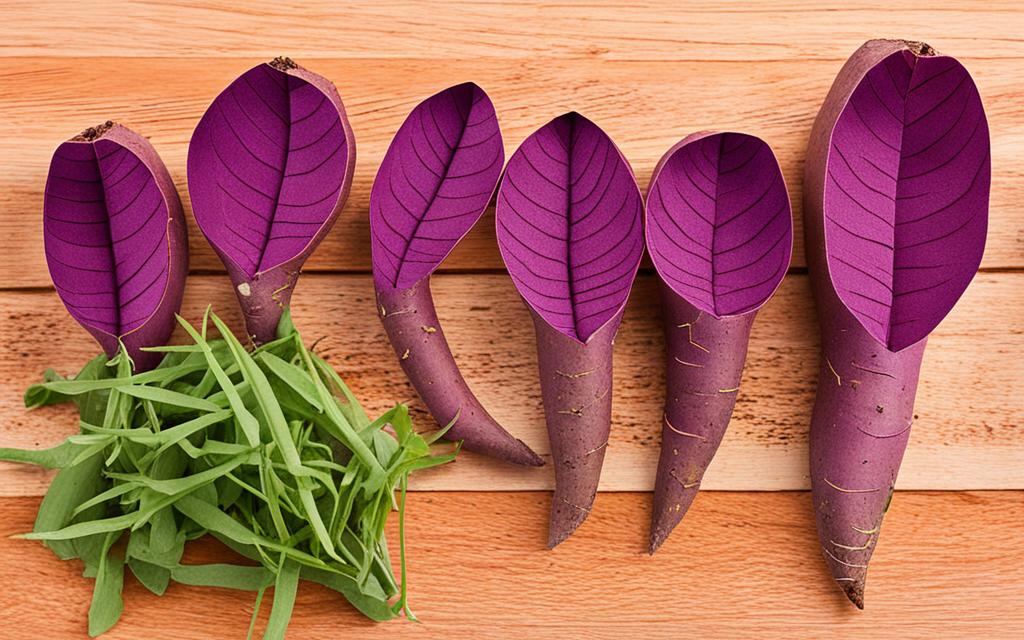How do Plants and Animals Depend on Each Other
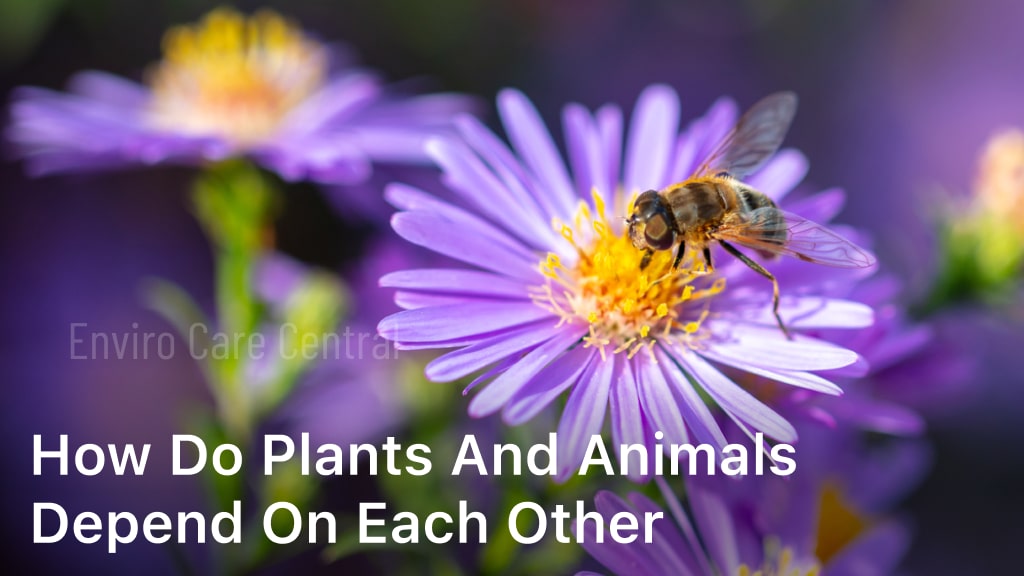
envirocarecentral.com. How do Plants and Animals Depend on Each Other – Explore the intricate ecosystem with us as we delve into how plants and animals depend on each other, understanding symbiosis and survival.
Plants and animals are two essential components of any ecosystem. While plants provide food, oxygen, and habitat for animals, animals, in turn, play an important role in the reproduction and growth of plants.
There are several ways that plants and animals depend on each other for their survival, and these relationships are crucial in maintaining a balanced ecosystem. In this section, we will explore the concept of symbiosis and understand how different species interact and rely on one another in the ecosystem.
Key Takeaways
- Plants and animals depend on each other for their survival
- Symbiosis is the interaction and interdependence of different species
- Understanding these relationships is crucial in maintaining a balanced ecosystem
- Animals rely on plants for food and habitat, while plants rely on animals for pollination and seed dispersal
- There are various types of symbiotic relationships, including mutualism, commensalism, and parasitism
Symbiotic Relationships in the Ecosystem
Symbiosis, the close and long-term interaction between different species, characterizes much of the relationships between plants and animals. There are three types of symbiotic relationships: mutualism, commensalism, and parasitism.
Mutualism
Mutualism is a type of symbiotic relationship where both species benefit. This relationship is common between plants and animals, where the animals pollinate the plants while gathering nectar or pollen as food.
In turn, the animals (such as bees and butterflies) play a significant role in fertilizing the plants. For instance, the bees are attracted to the bright color, sweet aroma, and rich nectar of flowers, and in collecting these food sources, they transfer pollen from the male to the female flowers, thereby fertilizing them and enabling the growth of fruits and seeds. This mutually beneficial relationship is crucial for the survival of many plant and animal species in the ecosystem.

Commensalism
Commensalism is a type of symbiotic relationship where one species benefits without harming the other. In the context of plants and animals, animals often use plants for shelter or as a means of transport, without affecting the plant’s growth or survival.
For example, birds seek shelter and nesting sites in trees, while orchids use tree branches as a support structure to grow and thrive. While the plants do not benefit, they are also not harmed, and the animals can continue to live and thrive. This type of relationship is less common than mutualism and parasitism.
Parasitism
Parasitism is a type of symbiotic relationship where one species benefits at the expense of the other species. In the case of plants and animals, animals can act as parasites on plants, using them as a source of food or shelter.
For example, mistletoe plants grow on trees, relying on the tree for support and drawing nutrients and water from the tree. In this relationship, the mistletoe benefits while the tree is harmed or even killed by the parasite.
Understanding the different types of symbiotic relationships between plants and animals helps us appreciate the intricate dependencies within the ecosystem. These relationships are crucial for the survival and balance of the ecosystem, highlighting the importance of protecting and preserving the natural world.
Symbiotic Relationships in the Ecosystem
In the previous section, we explored how plants and animals depend on each other. Now, let’s take a closer look at the different types of symbiotic relationships that exist between them.
Mutualism
Mutualism is a type of symbiotic relationship where both species benefit. One example of mutualism between plants and animals is the relationship between bees and flowers. Bees feed on the nectar of flowers, while the pollen sticks to their bodies and is transferred to other flowers, allowing for pollination.
Commensalism
Commensalism is a type of symbiotic relationship where one species benefits without harming the other. An example of commensalism between plants and animals is the way birds build nests in trees. The birds benefit from the shelter and protection provided by the tree, while the tree is neither harmed nor benefited.
Parasitism
Parasitism is a type of symbiotic relationship where one species benefits at the expense of the other. One example of parasitism between plants and animals is the relationship between the mistletoe plant and its host tree. The mistletoe plant grows on the host tree and saps nutrients from it, causing harm to the tree.
Understanding these types of symbiotic relationships can provide insight into the delicate balance of interdependence that exists within the food chain of an ecosystem.
The food chain is a system in which organisms rely on each other for food. In the food chain, plants are at the bottom as they produce their own food through photosynthesis. Animals that consume plants then become prey to other animals, and so on.
Pollination and Seed Dispersal
One critical example of interdependence in the ecosystem is the relationship between plants and animals for pollination and seed dispersal. Many plants rely on animals such as bees, butterflies, and hummingbirds for pollination, while animals rely on plants for food and shelter. Seed dispersal is also essential for plant growth and survival, and many animals play a crucial role in this process.
Overall, the interactions and coexistence between plants and animals within an ecosystem are complex and essential for a balanced and sustainable environment. By understanding these interconnections, we can gain a greater appreciation for the intricate web of life that surrounds us.
Keep Reading : How Do Animals Help Plants Actually?
FAQ
How do plants and animals depend on each other?
Plants and animals depend on each other for various reasons. Plants produce oxygen through photosynthesis, which is essential for animals to breathe. Animals, on the other hand, help with pollination and seed dispersal, aiding in the reproduction of plants. Additionally, animals rely on plants for food and shelter, while plants benefit from animals’ waste as a source of nutrients.
What are symbiotic relationships?
Symbiotic relationships refer to the close and long-term interactions between different species. There are three main types of symbiotic relationships: mutualism, commensalism, and parasitism. In mutualism, both species benefit from the relationship. Commensalism involves one species benefiting while the other is unaffected. In parasitism, one species benefits at the expense of the other.
How do plants and animals interact within the ecosystem?
Plants and animals interact in various ways within the ecosystem. Animals rely on plants for food, using them as a source of nutrition. Plants, in turn, depend on animals for pollination, where animals transfer pollen from one flower to another, aiding in reproduction. Animals also play a role in seed dispersal, helping plants spread their seeds to other areas. These interactions contribute to the overall balance and functioning of the ecosystem.
What is the role of plants and animals in maintaining a balanced ecosystem?
Plants and animals both play crucial roles in maintaining a balanced ecosystem. Plants produce oxygen through photosynthesis, which is essential for the survival of animals. They also help regulate the climate and purify the air. Animals, on the other hand, aid in pollination and seed dispersal, ensuring the reproduction and survival of plants. Additionally, animals contribute to nutrient cycling through their waste. The interdependence between plants and animals is vital for sustaining a healthy and diverse ecosystem.

